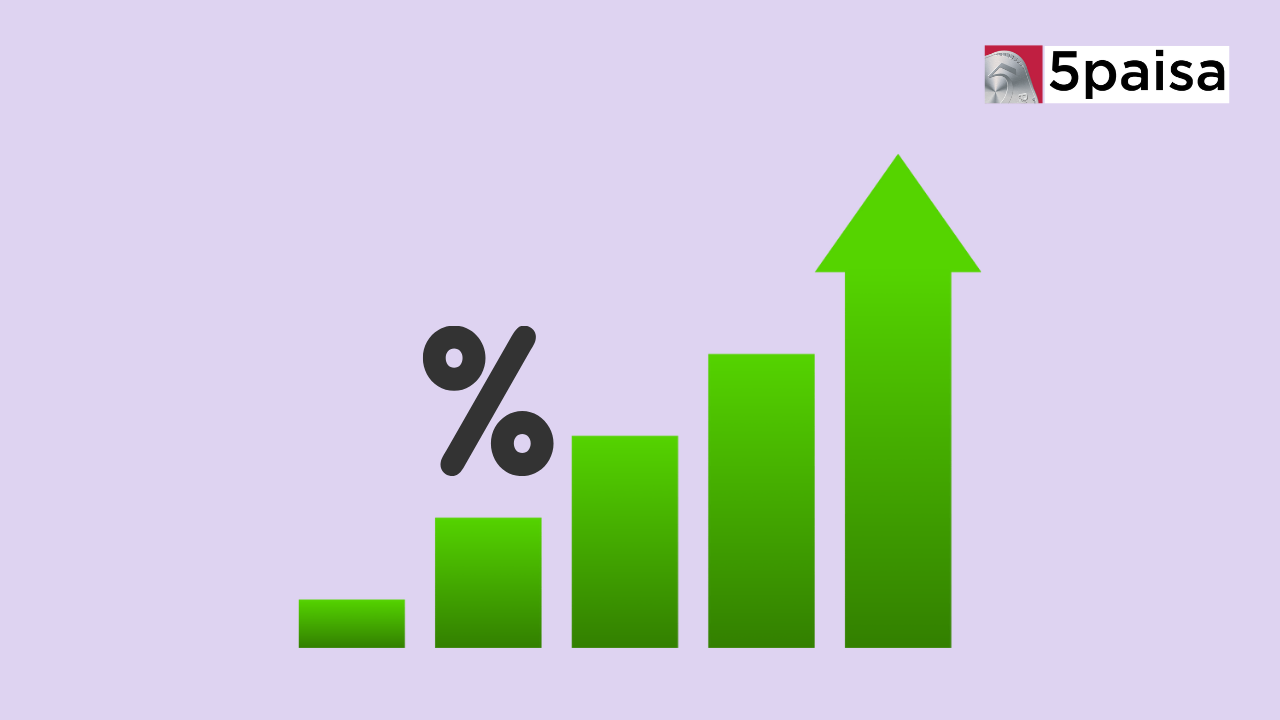Top New Year Stock Picks for 2025: Best Investment Opportunities
10 vital variables for successful trade analysis

Last Updated: 29th March 2022 - 05:59 pm
As the share market is highly volatile, investors rely on some variables which can help them trade successfully. These variables are flexible as they change according to the condition of the share market and adapt themselves accordingly.
Every investor must consider using the given below variables when logging their trades as these can help them to avoid losses and analyze their mistakes in a better way to make successful share market strategies.

1. Stop loss price: The stop-loss price is the price level where stocks are automatically sold if their rate falls below a specific amount. It can be both physical (putting the stop loss price in your trade order) and mental (selling the stocks yourself if the price falls below a certain level). It allows investors to cut losses if the market trend becomes negative and prevent them from losing a huge amount of money.
2. Strategy: Strategy is a set of specific rules followed by an investor while placing a trade in the market. Some of the strategies used by investors are CAN SLIM, Momentum Trading, Swing Trading, etc. By marking your trades with the strategies you used while executing that particular trade, you can analyze your strategies and know which ones are working and which ones you should stop using in the future.
3. Risk amount: Risk amount is the actual amount of money you are risking on your investments in the share market. So, if you buy 100 shares of 200 Rs each and put a stop loss at 180 Rs, you are risking Rs 2000 {100x (200-180)}, which is your risk amount. It is wise that the risk amount is limited to the lowest amount possible to avoid losing a considerable amount of money in the share market.
4. Risk percentage: When the risk amount is displayed in the form of a percentage, it refers to the risk percentage. Looking at the example from the above point, the risk percentage would be 10 % (2000/20,000). If you lose money on this investment, it will mean that the trade was a 10 % loser.
5. Target price: It is the price which the investor wants to see his/her investment rise to. Target price is the initial goal of an investor when they decide on investing in the company. So, if you buy 100 shares for Rs 200 each, you can set your target price at Rs 250 per share. It means that your goal is to keep the shares with you until the share price reaches Rs 250.
6. Return amount: Return amount is the actual profit you make on your investments after selling them at the higher price from which you bought them. If you sell 100 shares which you bought for Rs 200 at Rs 250, your return amount would be Rs 5000 {100x(250-200)}.
7. Return percentage: When the return amount is depicted in the form of a percentage, it constitutes the return percentage. If you sell 100 shares at Rs 250 after buying them for Rs 200, your return percentage would be 25% {(100x50)/(100x200)}x100. It means that the trade you completed was 25% profitable for you.
8. Mistake: Investors often make mistakes as the decision they take proves to be wrong in the long run. Analyzing the mistakes is one the most crucial aspects of becoming a successful trader. Mark the trades which proved terrible for you with the tag of ‘Mistake’ and learn from them so that you don’t repeat the same mistakes again in the future.
9. Notes: Making notes is not necessarily a variable but is equally essential for trading as the other variables. Write notes regarding your every trade of what went wrong and what went right. Analyze them, learn from them and use the knowledge to trade better in the future.
10. Risk/Reward ratio: It is the ratio between your risk amount and the reward amount you wish to get per share. If you buy 100 shares at Rs 200 and put a stop loss at 180, you risk amount is Rs 20. And if you want to sell your shares when the price reaches Rs 250, 50 is your reward amount. So the risk and reward ratio comes to 2:5. Same as the profit and loss ratio, it means that you can be right five times and wrong only two times.
- Flat ₹20 Brokerage
- Next-gen Trading
- Advance Charting
- Actionable Ideas
Trending on 5paisa
Indian Stock Market Related Articles
Disclaimer: Investment in securities market are subject to market risks, read all the related documents carefully before investing. For detailed disclaimer please Click here.
 Sachin Gupta
Sachin Gupta
 5paisa Research Team
5paisa Research Team




